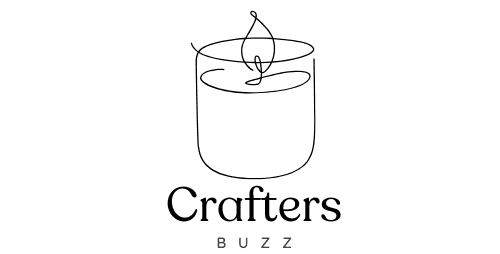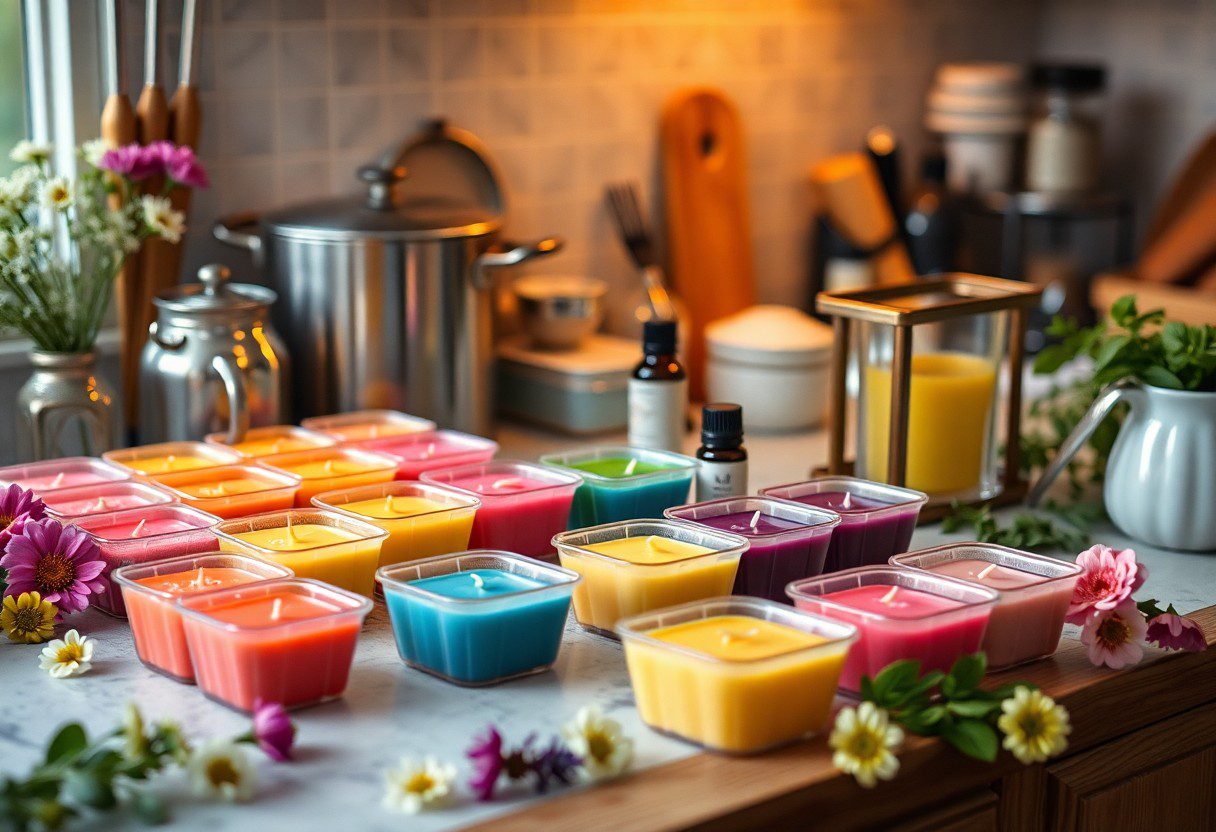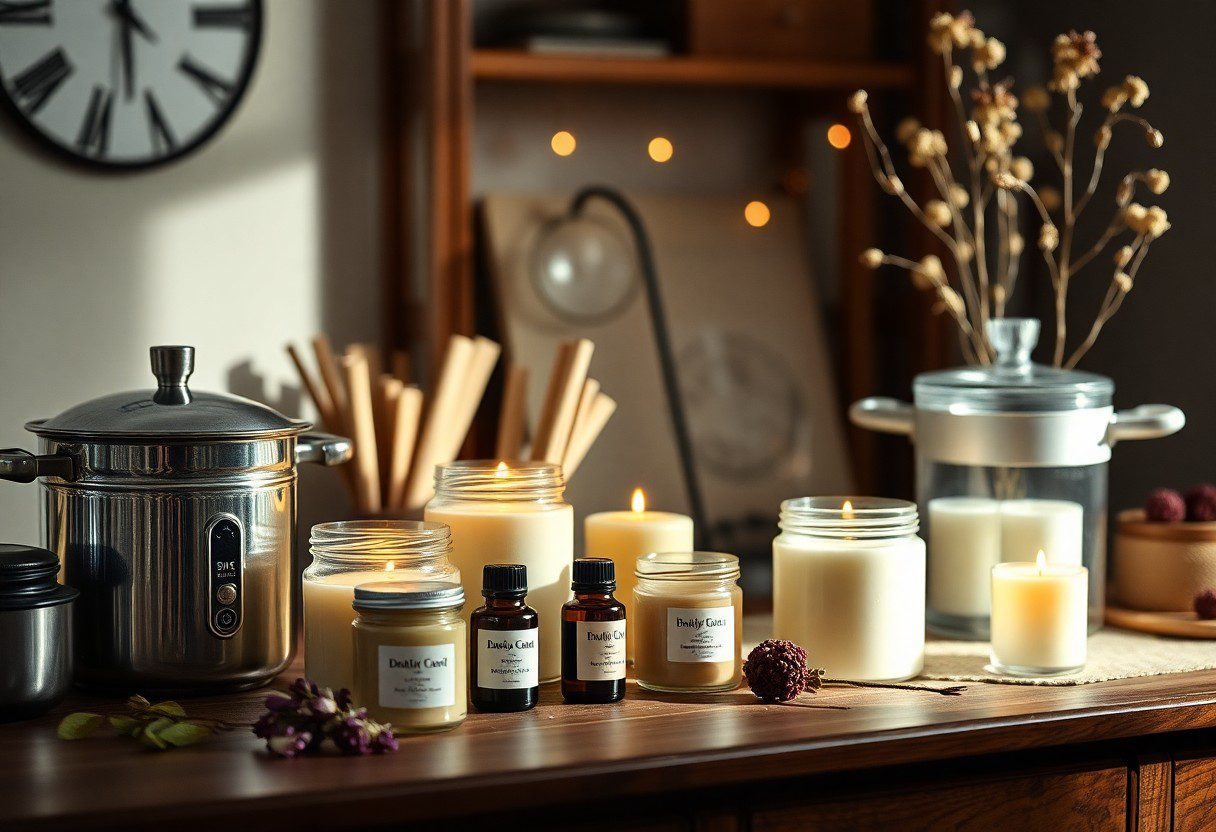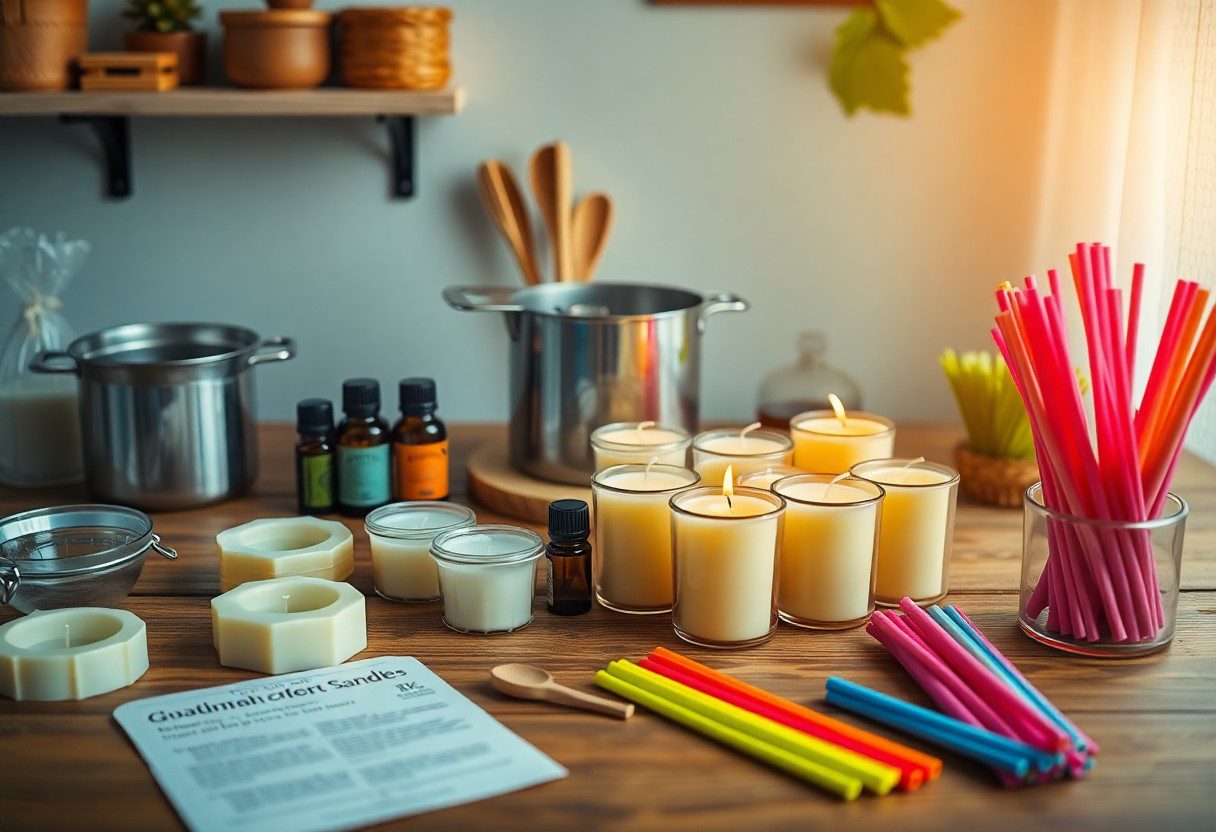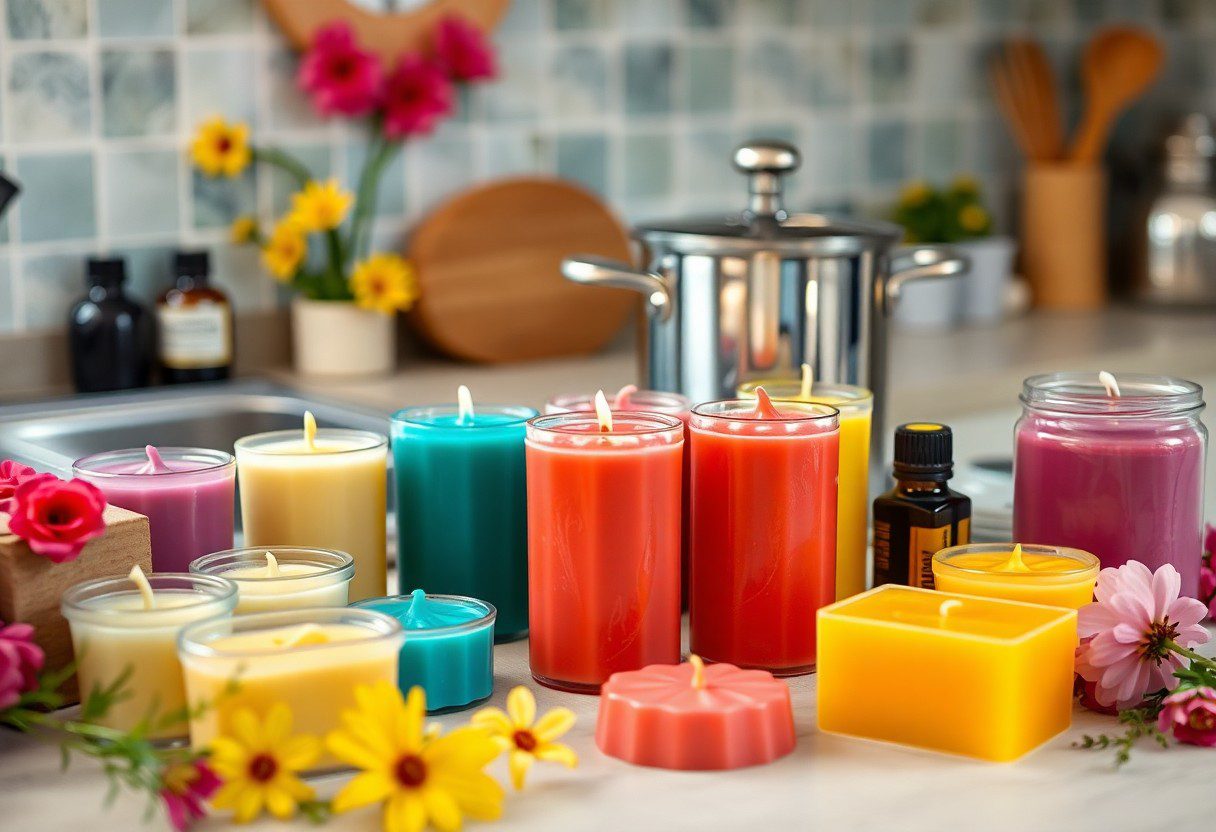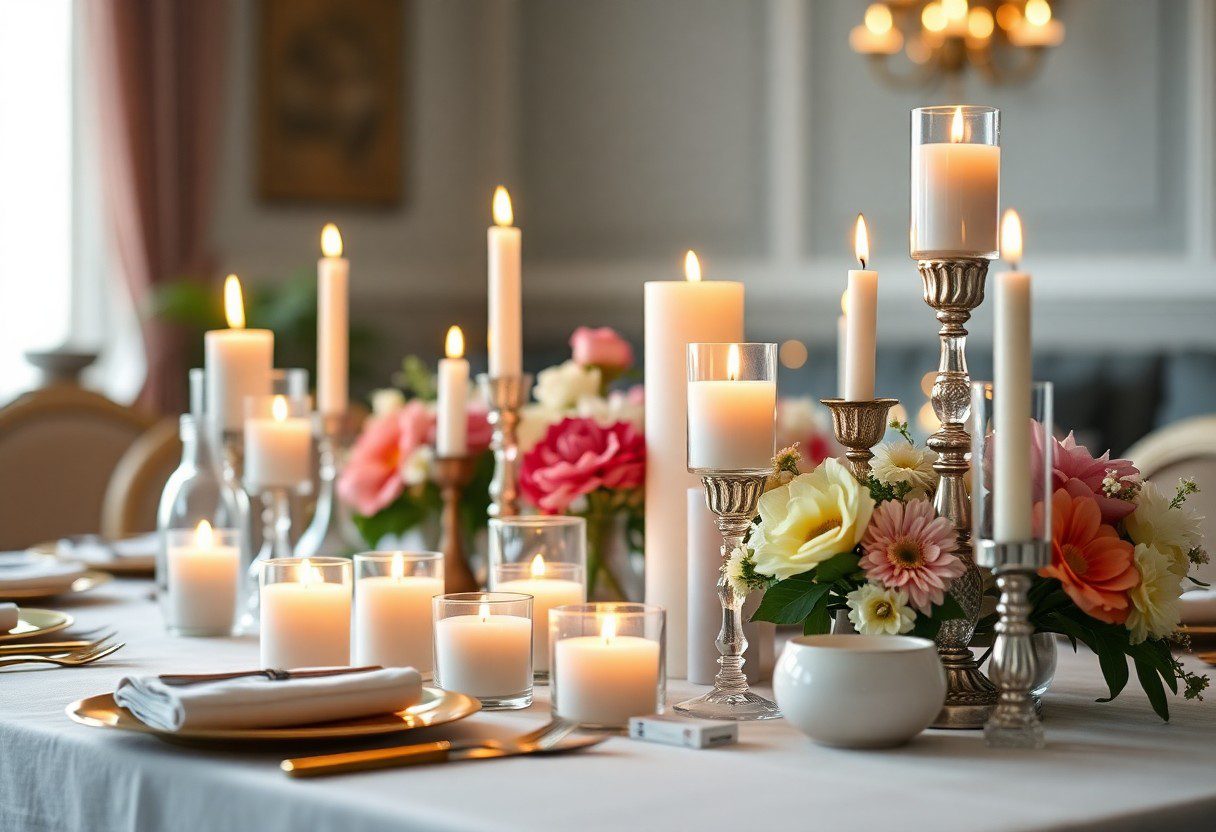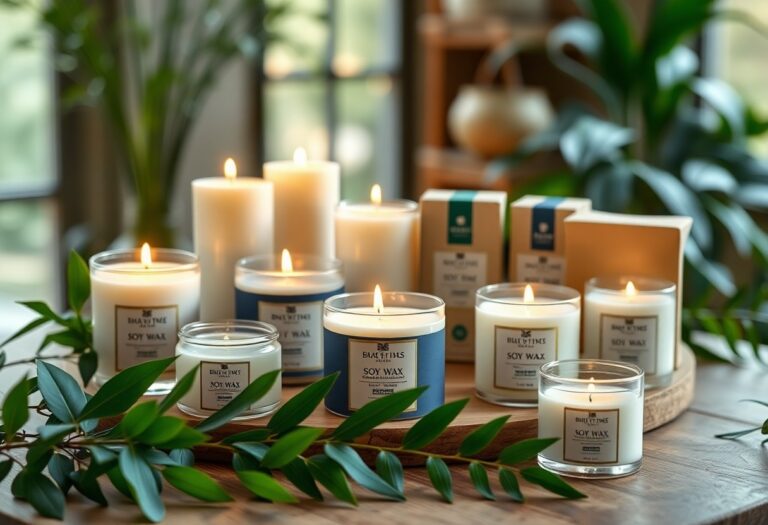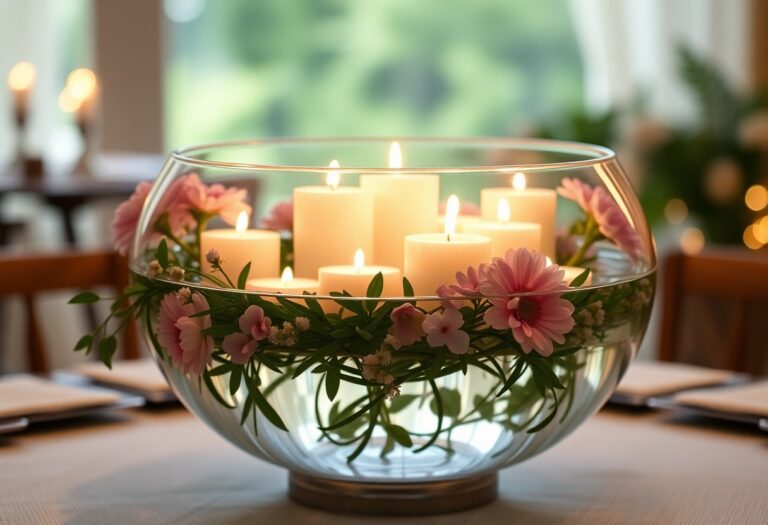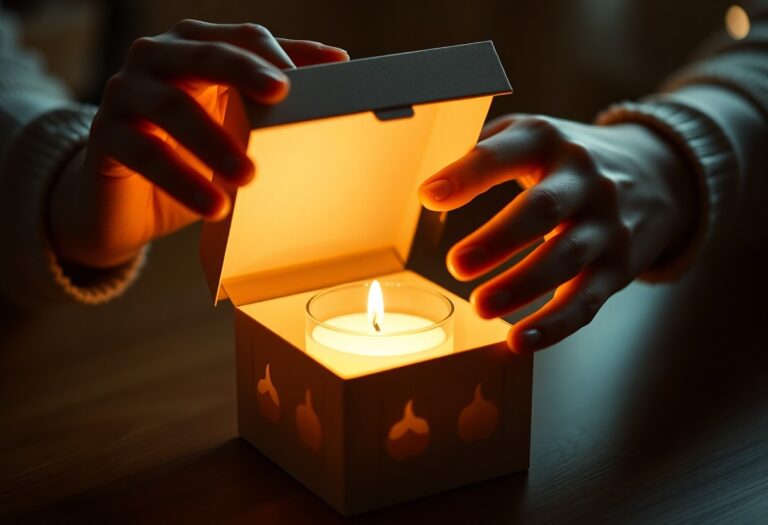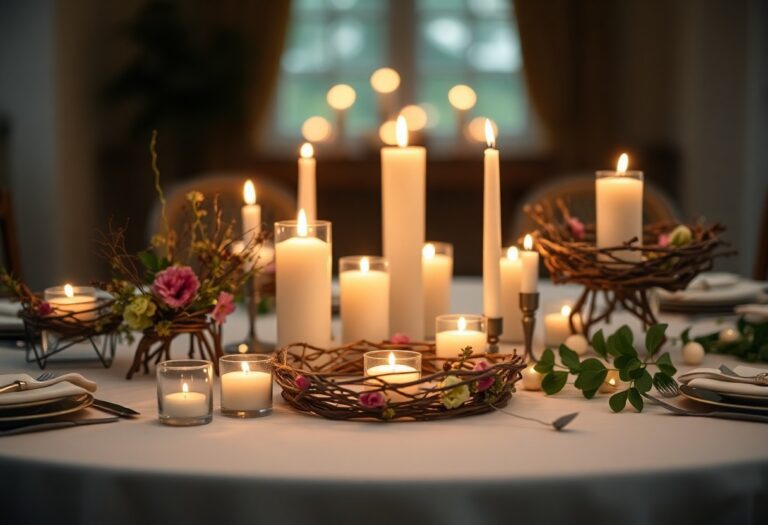Home Fragrance Fun – A Beginner's Guide To DIY Candle Melts For Custom Scents Anytime
This guide will empower you to unleash your creativity by making your own candle melts, allowing you to fill your home with custom scents anytime you desire. You’ll learn about the vital materials and techniques required, ensuring a safe and enjoyable crafting experience. From choosing your favorite fragrances to packaging your creations, this post will provide you with the knowledge you need to transform your space into a fragrant oasis, all tailored to your personal style. Get ready to initiate on a fun and aromatic journey!
Understanding Candle Melts
Before you investigate the delightful world of DIY candle melts, it’s imperative to grasp what they are. Candle melts, also known as wax melts, are small pieces of scented wax that are melted in a warmer to release fragrance into your home. They provide a flame-free alternative to traditional candles, allowing you to enjoy your favorite scents without the risks associated with open flames. This simple yet rewarding craft can transform any space, reflecting your unique style and preferences.
Types of Candle Melts
Types of candle melts vary based on their composition and melting points. Here’s a breakdown:
| Type | Description |
|---|---|
| Paraffin Wax | Common and affordable option, easy to find. |
| Soy Wax | Eco-friendly, burns cleaner and longer. |
| Beeswax | Natural, produces negative ions and purifies air. |
| Coconut Wax | Luxurious, offers a creamy texture and excellent scent throw. |
| Blended Waxes | Combines two or more types for ideal properties. |
Thou can now select the type that best suits your needs.
Factors Influencing Scent Release
Factors influencing scent release are vital to understanding how to create your ideal melts. Various elements can affect how and when the scent reaches the air:
- Wax Type
- Additives
- Fragrance Oil Quality
- Melt Temperature
- Container Shape
The amount and efficiency of fragrance you experience are dictated by these factors.
This knowledge empowers you to experiment with your candle melts for optimal scent release. For instance, if you choose a higher-quality fragrance oil, you can expect a stronger aroma. Furthermore, the type of wax plays a significant role; natural waxes tend to release scents more effectively than paraffin. Keep in mind, a more open container shape allows scents to dissipate faster. The differences in melt temperature can also make or break the scent. The art of crafting candle melts lies in finding harmony among these elements.
Essential Tools and Ingredients
It’s important to gather the right tools and ingredients before stepping into the world of DIY candle melts. Start with basic supplies like a double boiler, pouring pitcher, thermometer, and silicone molds. Don’t forget to explore DIY Natural Room Scents for some inspiration on scent combinations. These items will help you create custom scents that can elevate your home fragrance game to a new level.
Recommended Supplies
Essential supplies for your DIY candle melts include wax, important oils or fragrance oils, a scale for measuring, and silicone molds to shape your melts. You might also want to have stirring tools handy for mixing ingredients thoroughly. These items will streamline your melting process, ensuring that your creations are consistent and fragrant.
Choosing the Right Wax and Fragrance
Now, selecting the right wax and fragrance is vital to the success of your candle melts. Various types of wax, such as paraffin, soy, or beeswax, offer different burn qualities and scents. For fragrances, important oils provide natural aromas, while synthetic fragrance oils offer a wider range of scent options.
With the choice of wax, you should prioritize your preferences. Soy wax is an excellent option for a cleaner burn and a longer-lasting scent throw. On the other hand, paraffin wax is more affordable and holds fragrance exceptionally well. Concerning scents, important oils can enhance your wellbeing, but synthetic oils enable more exotic aromas that may not be naturally available. Ensure that the quality of your chosen wax and fragrance aligns with your home fragrance goals.
Step-by-Step Guide to Making Candle Melts
Some simple steps can take your candle melting journey from novice to expert. Follow this easy-to-understand guide, as you explore the art of creating your own scented melts. From gathering materials to pouring your final product, this process opens the door to personalized aromas that can fill your home with delightful fragrances.
Preparation:
| Gather Ingredients | Wax, mold, fragrance oils, colorants |
| Tools Needed | Double boiler, thermometer, stirring utensil |
Preparing the Workspace
On a flat, heat-resistant surface, clear your workspace of any clutter. You’ll want to have your materials and tools organized within reach to make the process smooth. Set up your double boiler and ensure you have a sturdy surface for pouring your candle melts.
Melting and Mixing
Any successful candle melt begins with proper melting. Place your wax in a double boiler and monitor the temperature closely, ensuring it reaches the appropriate consistency. Once melted, introduce your chosen fragrance oils and colorants, stirring gently to fully incorporate them.
This step is vital for achieving your desired scent strength and color. It’s best to use a thermometer to check the wax temperature, as overheating can lead to unpleasant results or affect the quality of your melts. Stirring ensures even distribution of fragrance and color, enhancing your candle melts.
Pouring and Setting
Preparing your mold is vital before pouring in the melted wax. Ensure it’s clean and dry to prevent any disruptions. Carefully pour your mixture into the mold, allowing it to settle naturally without dripping.
StepbyStep, allow the wax to set according to the manufacturer’s guidelines. Leaving it undisturbed is important as this impacts the final look and scent. Once hardened, you can remove your custom melts and enjoy the fruits of your labor, enhancing your home with your unique, hand-crafted scents.
Tips for Custom Scents
Now that you’re ready to craft your perfect candle melts, here are some tips for creating unique and delightful custom scents. Start with a base of your favorite fragrance oils, then blend in important oils for added depth. Experiment with proportions to discover your ideal aroma. Don’t hesitate to mix contrasting scents, like floral and earthy, for a surprising outcome. Always jot down your combinations for future reference. For more inspiration, check out The best ways to naturally fragrance your kitchen. After a little practice, you’ll master the art of custom scents!
Blending Fragrances
Now that you’re familiar with the basics of fragrance mixing, take your creativity a step further by blending complementary fragrances. Combine notes—such as citrus with mint or vanilla with sandalwood—for a harmonious smell. Always test your blends in small quantities to perfect your creation before making larger batches.
Adjusting Strength and Longevity
Fragrances can vary significantly in strength and longevity, which is important to consider when creating your candle melts. You can achieve a stronger scent by adjusting the amount of fragrance oil used, but be cautious—too much can affect the melting process and the overall burn. For longevity, incorporate natural wax types known for holding fragrance well, such as soy or palm. Balancing these factors ensures a pleasant, lasting aroma that fills your space.
With a well-planned approach, you can enhance the aroma’s lifespan by incorporating additives such as Vybar to improve fragrance retention. Always keep in mind that different waxes carry scents differently, so experiment with various blends for the best result. Furthermore, letting your melts cure for a week before use maximizes their fragrance throw, offering a delightful aromatic experience in your home.
Pros and Cons of DIY Candle Melts
Unlike pre-made candle melts, DIY options provide more control and personalization. However, they come with their own set of advantages and disadvantages. Below is a breakdown of these aspects to help you decide if making your own candle melts is the right choice for you.
| Pros | Cons |
|---|---|
| Customizable scents | Time-consuming process |
| Cost-effective in the long run | Requires initial investment in supplies |
| Natural ingredient options | Learning curve involved |
| Creative expression | Potential for experimenting failures |
| Suitable for gifting | Messy cleanup |
Advantages of Making Your Own
Your ability to create customized scents is one of the greatest benefits of making DIY candle melts. You can experiment with a variety of fragrance oils and necessary oils, enabling you to craft unique combinations that suit your personal taste or match different occasions. Additionally, making candles at home can be more cost-effective over time and allows you to choose natural ingredients, ensuring a healthier environment in your home.
Potential Disadvantages
On the other hand, engaging in DIY candle melts can present some challenges. While the process is fun, it can also be time-consuming, especially for beginners. You may need to invest in quality supplies and tools upfront, and the learning curve can lead to some initial mistakes or ruined batches, which could be frustrating.
Pros of DIY candle melts include the joy of customization and the satisfaction of crafting something unique. However, the *learning curve* can be steep, particularly if you are unfamiliar with the materials and techniques involved. Additionally, the *potential for spoiled batches* or unsatisfactory results may lead to *wasted time and resources*. You must also consider the aspect of *safety*, as melting wax can be risky without proper attention and care. Overall, weigh the *positive* experiences against the *dangers* to determine if DIY candle melts are for you.
Troubleshooting Common Issues
All DIY candle makers occasionally face challenges in their aromatic creations. This section addresses some common problems you might encounter and provides solutions to enhance your experience. Whether it’s issues with scent strength or texture, these tips will help you troubleshoot effectively and enjoy making delightful custom scents.
Scent Fading
The scent of your candle melts might diminish over time due to various factors, including exposure to light and air. To combat this, ensure you store your melts in a cool, dark place, and consider using fragrance oils specifically designed for candle making, as they have better retention properties.
Texture Problems
Common texture problems can arise during your melting process, leading to uneven finishes or unwanted surfaces. This often happens if your wax was too hot or cooled too quickly, resulting in a compromised texture.
Another factor to consider is the type of wax you use; different waxes can have varying textures. If you find that your melts are too waxy or brittle, adding a small amount of *filler wax* can improve consistency. On the other hand, if they’re too soft, a little more *paraffin* can help firm them up. Always make sure to melt your wax gradually and pour at the right temperature to avoid any undesirable results, ensuring you maintain an aesthetically pleasing and *safe* product for your home.
Summing up
Summing up, creating your own DIY candle melts allows you to enjoy custom scents whenever you desire. This beginner’s guide has equipped you with the knowledge to mix fragrances, select the right wax, and safely melt your ingredients. By experimenting with different combinations, you can personalize your home fragrance experience to reflect your unique style. Enjoy the satisfaction of crafting scents that elevate your space, and let your creativity lead the way in your aromatic journey!
Q: What materials do I need to get started with making DIY candle melts?
A: To create your own candle melts, you will need several vital materials. Start with wax; soy wax is a great option for beginners due to its ease of use and clean burning properties. You’ll also need a double boiler or a microwave-safe container for melting the wax, along with a thermometer to monitor the wax temperature. Fragrance oils are necessary to add your custom scents—be sure to choose oils that are specifically designed for use in candles. Additionally, silicone molds will shape your melts, and a stirring stick will help mix the wax and fragrance evenly. Protective gear, such as gloves and an apron, is also recommended to ensure safety while working with hot materials.
Q: How do I determine the right amount of fragrance oil to use in my candle melts?
A: The amount of fragrance oil to use in your candle melts typically depends on the type of wax you are using. A general guideline is to use 6-10% of the total weight of the wax in fragrance oil. For example, if you are using 100 grams of wax, you would add 6 to 10 grams of fragrance oil. It’s advisable to start at the lower end first, as you can always adjust the scent strength in future batches. Keep in mind that some fragrance oils are stronger than others, so experimenting may be necessary to find the perfect scent strength that meets your preferences.
Q: How should I store my DIY candle melts to maintain their fragrance quality?
A: To keep your DIY candle melts in the best condition and retain their fragrance quality, proper storage is key. First, ensure that your melts are completely cooled and firm before packaging them. Store the melts in an airtight container or resealable bag to protect them from exposure to air, which can dissipate their scent over time. Keep the container in a cool, dark place away from direct sunlight and heat sources, as these can also degrade the fragrance. If you plan on keeping the melts for an extended period, consider labeling them with the scent and date to keep track of freshness.
